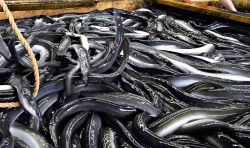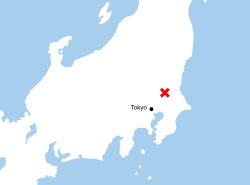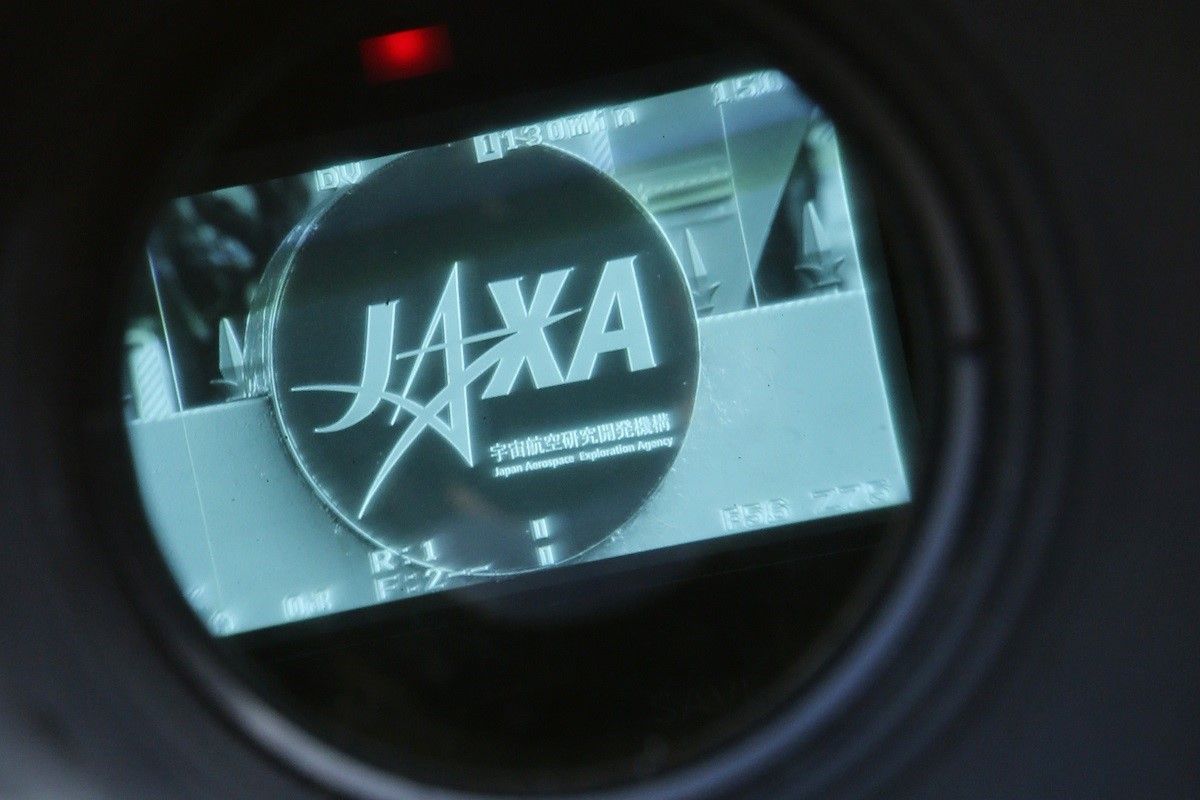
A logo of the Japan Aerospace Exploration Agency (JAXA) is seen through a viewfinder of a television camera in front of the JAXA Chofu Aerospace Center Aerodrome Branch in Tokyo January 22, 2013.
14:57 JST, December 13, 2023
TOKYO (Jiji Press) — The Japan Aerospace Exploration Agency (JAXA) said Tuesday it has concluded that an explosion during a ground combustion test of an engine for the new Epsilon S solid-fuel rocket in July was caused by the melting and scattering of a metal part from the ignition device inside the engine.
JAXA reported the conclusion at a meeting of the science ministry’s experts panel on the day.
The explosion, which involved the second-stage engine of the 27-meter-long, three-stage rocket, occurred at JAXA’s rocket test site in Noshiro, Akita Prefecture.
JAXA suspected that damage to the propellant and the heat-insulating material that wrapped the propellant caused excessive heat, leading to the explosion.
Through experiments, it found that such damage is not caused even when the propellant and the insulating material are exposed several times to weight eight to nine times the acceleration at the time of transportation.
Meanwhile, it was confirmed that the metal part, if melted, could damage the insulating material, triggering extraordinary combustion.
JAXA has drawn up measures to prevent the metal part from melting, including covering it with insulating material. It will conduct another combustion test to find out the effectiveness of the measures.
"Science & Nature" POPULAR ARTICLE
-

Genome Study Reveals Milestone in History of Cat Domestication
-

Big Leap in Quest to Get to Bottom of Climate Ice Mystery
-
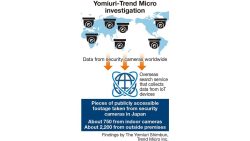
Security Camera Footage Vulnerable to Outside Access; Investigation Finds 3,000 Pieces Exposed Online
-

Paws on Parade: Nairobi’s Dogs Dazzle at ‘Pawchella’
-
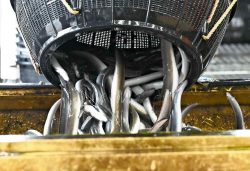
Japanese Eels Escape New Regulation in Vote at CITES Meeting, Avoiding Higher Prices for Dealers and Diners
JN ACCESS RANKING
-

Keidanren Chairman Yoshinobu Tsutsui Visits Kashiwazaki-Kariwa Nuclear Power Plant; Inspects New Emergency Safety System
-
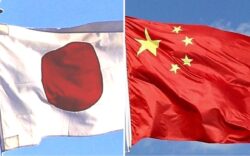
Imports of Rare Earths from China Facing Delays, May Be Caused by Deterioration of Japan-China Relations
-

University of Tokyo Professor Discusses Japanese Economic Security in Interview Ahead of Forum
-

Japan Pulls out of Vietnam Nuclear Project, Complicating Hanoi’s Power Plans
-

Govt Aims to Expand NISA Program Lineup, Abolish Age Restriction





















